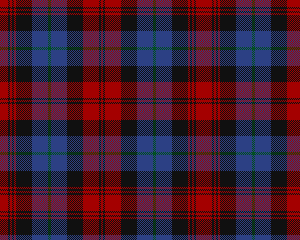Clan Lachlan Association of Canada& Clan MacLachlan Society |
| Clan Information | Tartans | Origin of Clan | Spelling of Name | Genealogy | Heraldic Symbols | Clan History | Membership | Clan Magazine | Clan CD | Branches |
yellow |
white |
black |
green |
yellow |
white |
red |
6 |
4 |
32 |
32 |
6 |
4 |
48 |
yellow |
black |
yellow |
black |
yellow |
black |
yellow |
black |
12 |
4 |
48 |
12 |
4 |
42 |
4 |
12 |
red |
black |
red |
black |
red |
black |
blue |
green |
blue |
black |
32 |
4 |
4 |
4 |
4 |
32 |
32 |
6 |
32 |
32 |

| Clan Information | Tartans | Origin of Clan | Spelling of Name | Genealogy | Heraldic Symbols | Clan History | Membership | Clan Magazine | Clan CD | Branches |
Web Master.